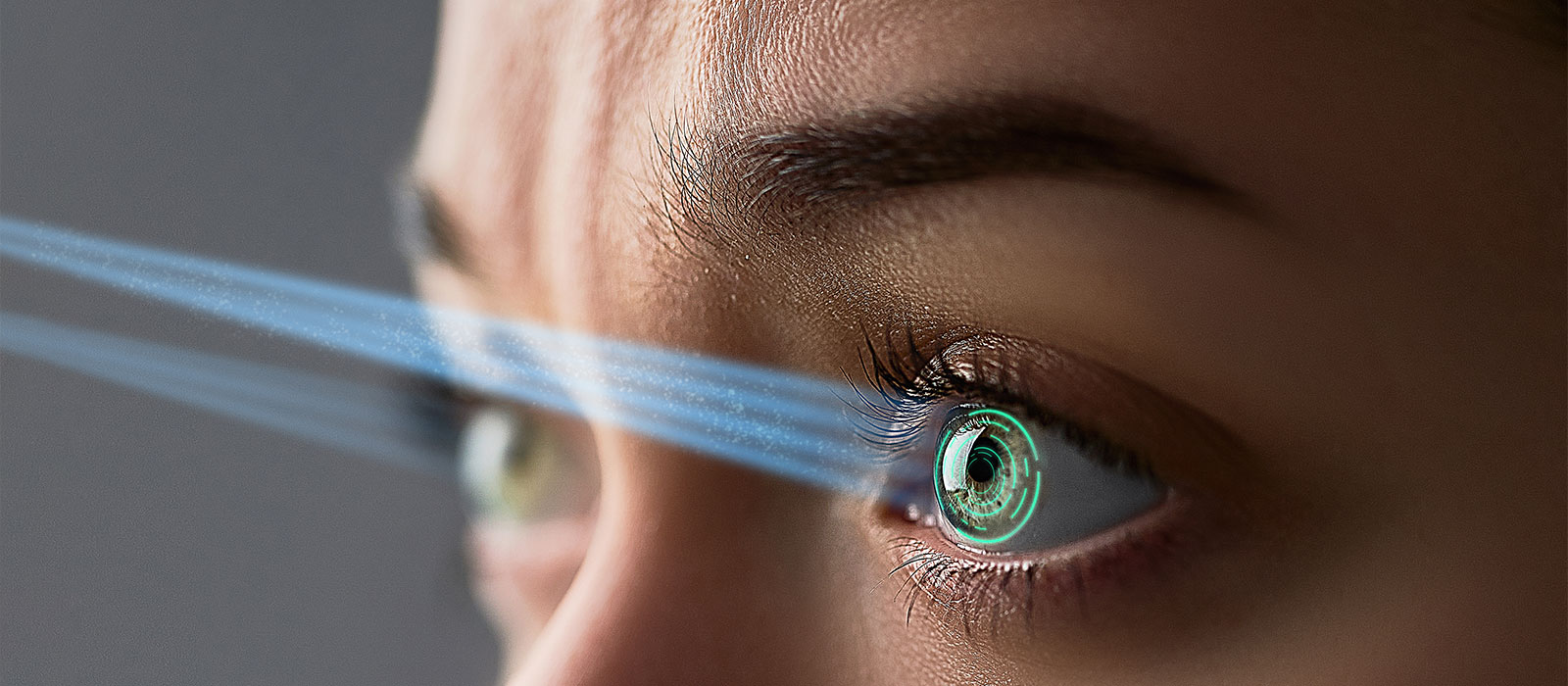
The eye is a complex organ, with many important and delicate parts. The most fragile, and one of the most important, is the retina. The retina is responsible for receiving light from the cornea and turning that light into information for the brain. This very important tissue is unfortunately susceptible.
What Is the Retina?
The retina is a very thin layer of tissue positioned at the back of the eye near the optic nerve. The retina receives light via light-sensitive cells called “photoreceptors,” or more commonly referred to as “rods and cones.” These rods and cones detect color in addition to light.
The rods are the more light-sensitive detectors of the two, however, they are unable to detect color. The cones perform this task but operate poorly in low light. The rods and cones work together to create a balance between the two. The light and color are transformed into information that is sent to the brain through the optic nerve where it is turned into recognizable images.
Common Retinal Disorders
The retina is especially susceptible to damage, which can lead to permanent loss of vision. There are many different conditions that can affect the retina, including:
Macular Degeneration- Age-related macular degeneration (AMD) occurs when the center of the retina, called the macula, begins to deteriorate. There are several forms of macular degeneration. AMD represents by far the leading cause of blindness in Americans, affecting more than 10 million people. This disease often affects those over the age of 60.
Macular Pucker- A macular pucker occurs when scar tissue on the macula of the retina can cause blurred vision.
Macular Hole- A macular hole small break in the center of the retina, and can also cause blurred vision.
Retinoblastoma- This is a form of retinal cancer. It is quite uncommon, but most often occurs in children. It can be treated through several different methods such as laser surgery, radiation, or temperature-based therapy, depending on how advanced the cancer is.
Retinal Detachment- As the name suggests, this occurs when the retinal tissue is pulled off of the back of the eye. It can be caused by a multitude of factors such as genetics, eye injury, or recent eye surgery. It can be fixed but must be treated immediately following detachment or permanent damage may be suffered.
The best way to detect retinal disorders is through routine eye examinations. Early detection is always the best, and sometimes only, way to receive treatment before vision is lost permanently.
Contact Prairie Eye and LASIK Center today to set up an appointment.